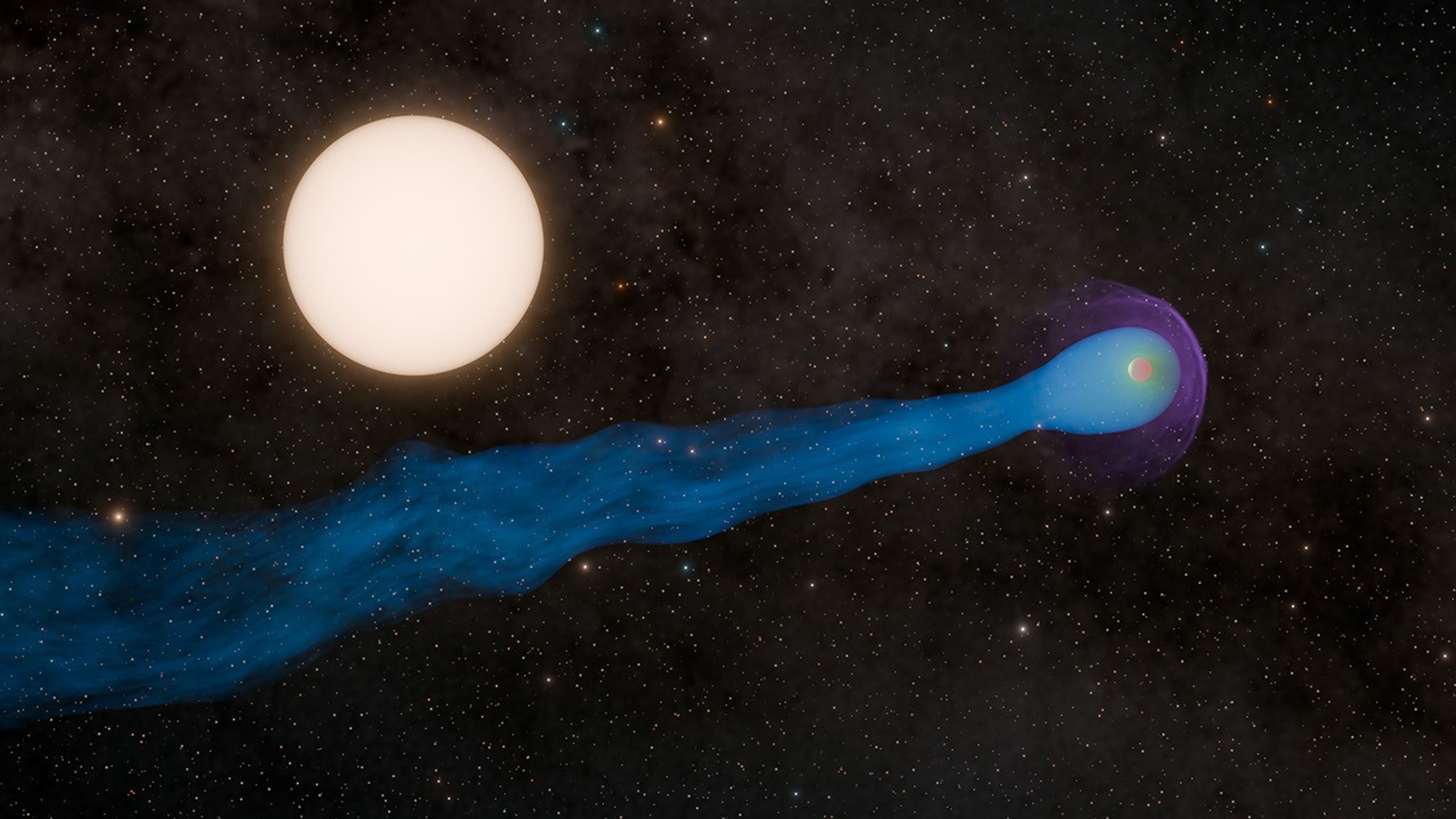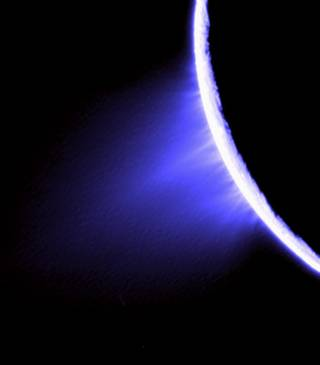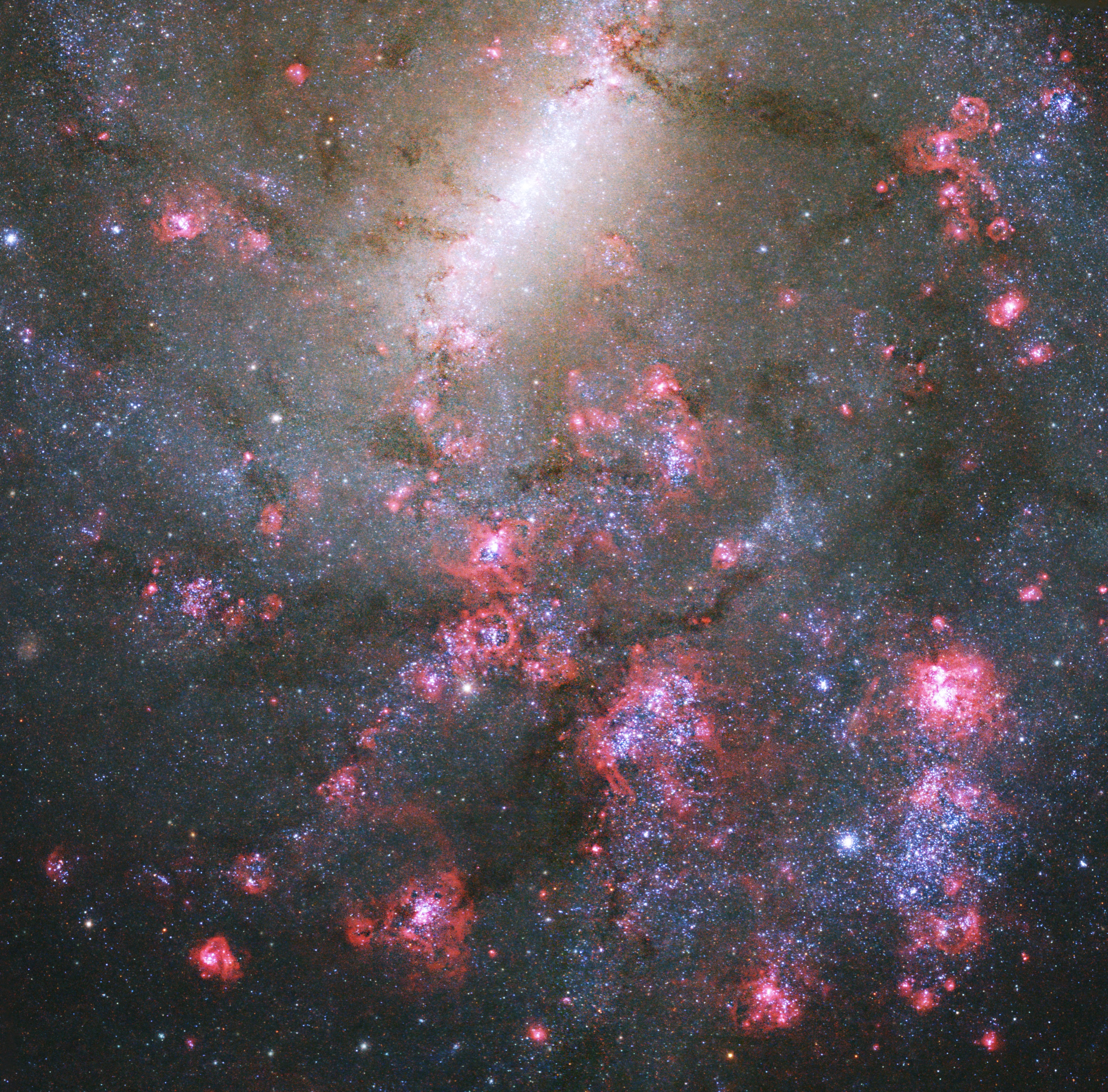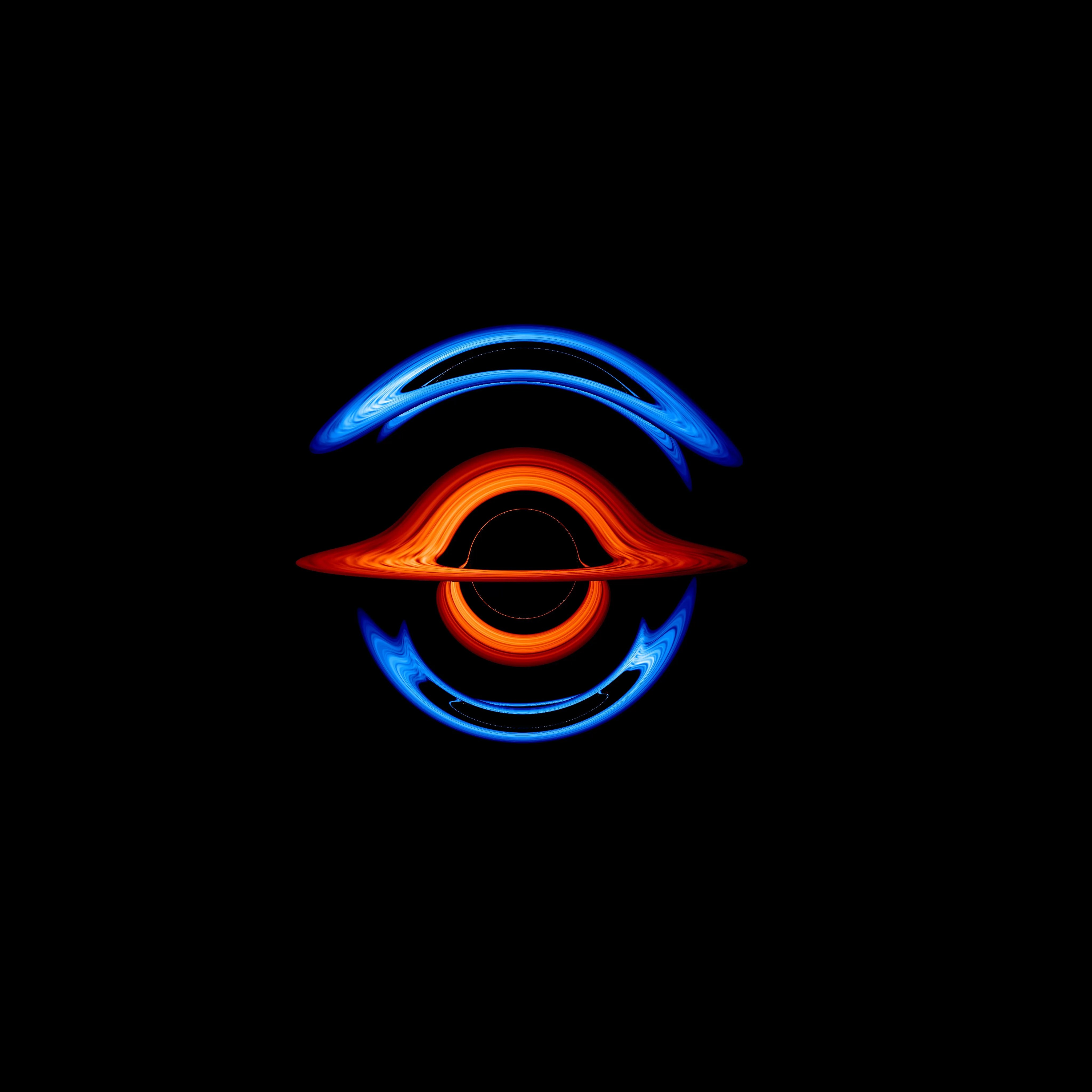4 min read

Welcome to the universe of monsters! We've found homes for some of the most terrifying Halloween monsters, far away on real planets outside our solar system.

Lightning cracks against the maelstrom of a Neptune-like sky, illuminating the hideous figure of Frankenstein’s monster. Just like the day of the monster’s unnatural birth, when the harnessed power of lightning brought his scavenged parts to life. But don’t judge him by his looks; Frankenstein’s monster (we like to call him Frankenstein Jr.) is a gentle giant seeking to be understood. Scorned by humankind as a science experiment gone horrifically awry, we’ve found a home planet for Frank Jr. 122 light-years away. Water in the atmosphere and a weak radio signal once led astronomers to believe this safe haven for monster misfits had enormous lightning storms, many times stronger than those on Jupiter or Earth.
See more: Exoplanet Catalog

Was that chill on the back of your neck the brush of a bat’s wings, or Dracula himself, hunting you through the night? Don’t look over your shoulder; we’ve found a planet for Dracula to drink the blood of his unlucky victims. The father of vampires can build his castle on the night side of YZ Ceti d, a tidally locked planet with one side plunged in perpetual darkness. Perfect for a cursed count who might prefer the cover of night for his dark deeds. If he makes the journey through this rocky planet’s twilight zone to the day side, he can stalk his prey under the eerie light of a blood-red sun.

The night comes alive as the clouds part to reveal the full moon, and half-human lips release an unearthly howl. Werewolves could roam free on TRAPPIST-1 b, the innermost of seven tidally-locked planets. Only one side of the planet faces its red star; the other side is plunged in eternal night. On the night side, it’s always dark enough to see the other six planets, which reflect the light of their red star like moons. With six worlds looming large in the sky, the chances of a full “moon” every night are high. Likely enough to keep a savage night creature in wolfish form forever.

A dry, rasping rattle echoes off the cool walls of the tomb, a sound almost human in the solitude of the desert. Beware the mummy’s curse, those who seek to enter the domain of this ancient foe. We’d like to relocate this unquiet creature to an ancient dusty home on Proxima Centauri b. This rocky world only 4 light-years away may have lost oceans of water to the radiation blasts of its star, leaving it a possible desert world. But sleeping fitfully beneath the sands won’t bother the undead. In fact, this monster may prefer a drier climate to preserve what’s left of its rotten remains.

When the skeletons rise on Halloween night, their bones clatter as they leave their graves. But before the skeleton war destroys the land of the living, we found a place a pile of bones won’t mind. Over a hundred light-years away, a planet is metaphorically having its flesh stripped from its bones. Nicknamed “Osiris” after the Egyptian god of the dead, this gas giant is being destroyed by its voracious star at a rate of more than 35,000 km/hour (about 22,000 miles/hr). The parts that once made up the doomed world’s atmosphere are smeared through space like an ominous tail. Soon, the planet (and any skeleton armies on it), will be destroyed by gravity.
See more: Happy Anniversary, Osiris!

Three dead planets shamble through the twisted magnetic fields of their corpse star that exploded eons ago. What better place to put a horde of zombies than the pulsar planets, each named after an undead creature? On the planets Poltergeist, Draugr, Phobetor, the ravenous departed could spread like the plague, with no harm done. They’re well-suited for this planetary graveyard, bathed daily in the twin beams of radiation from their murderous star, “Lich.”







